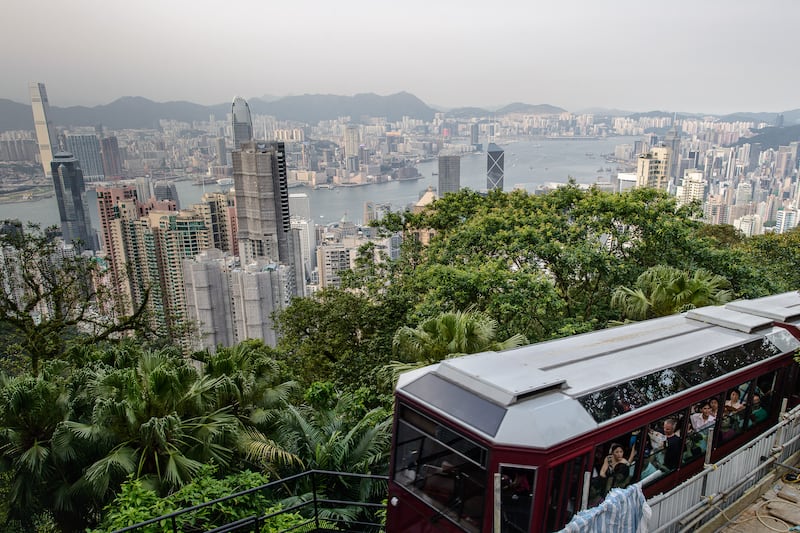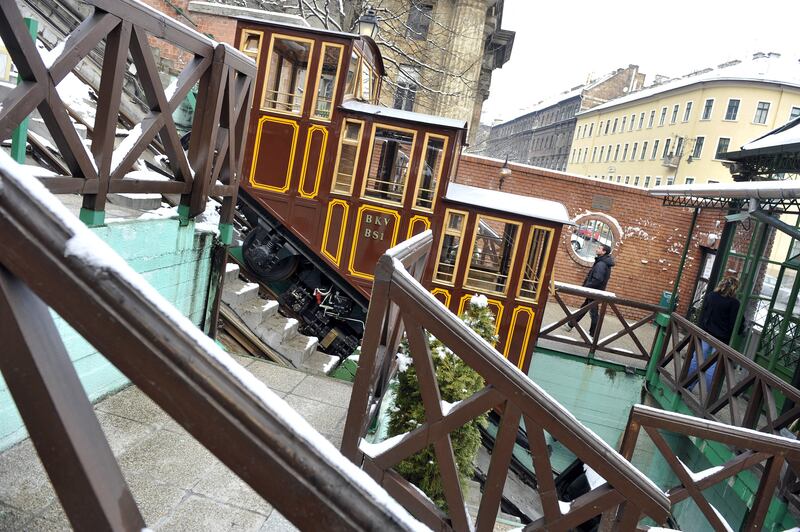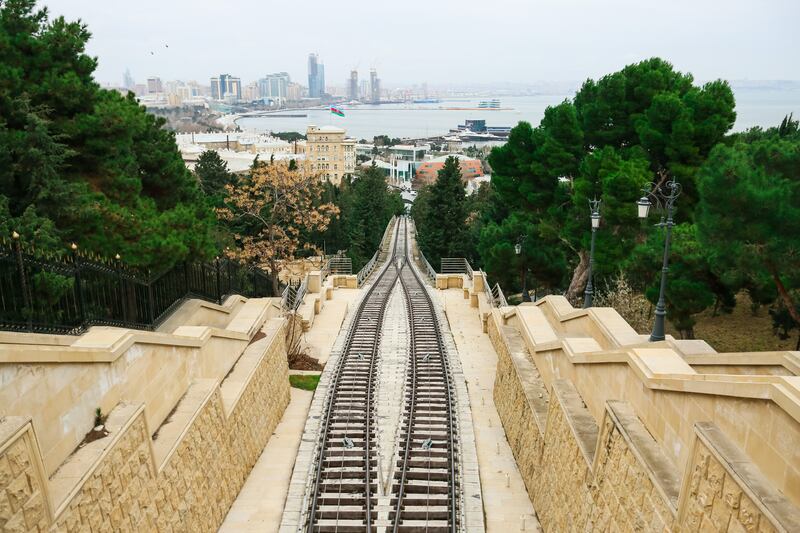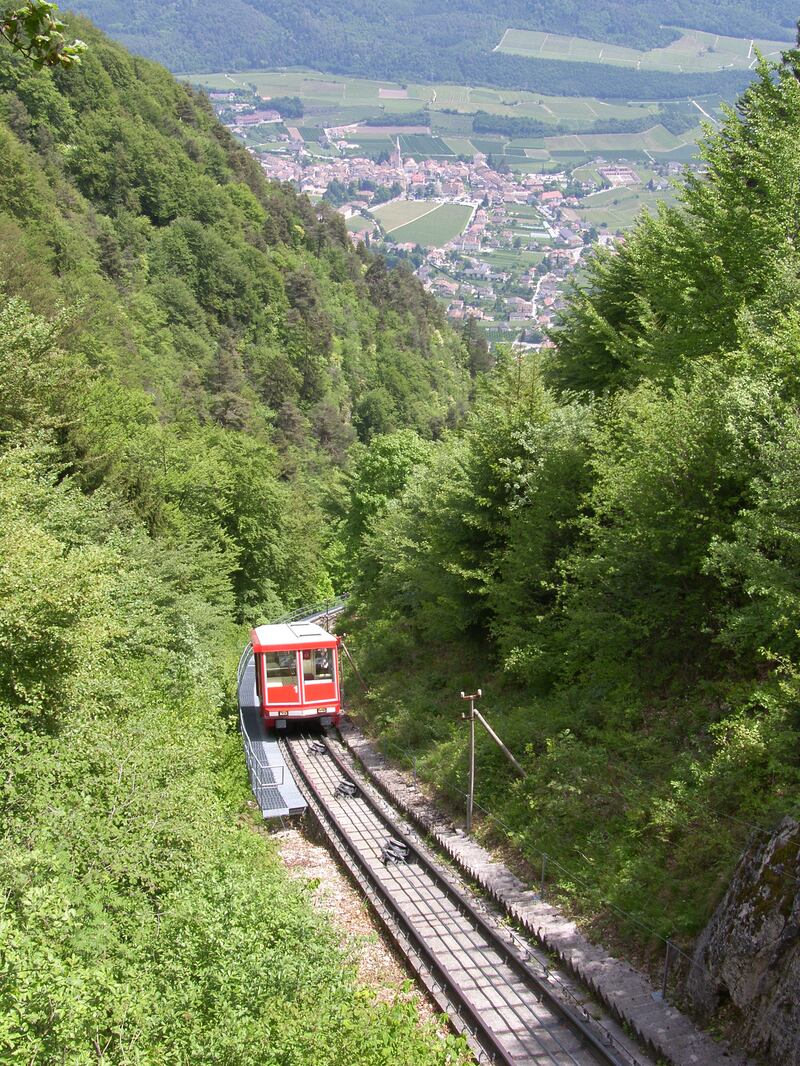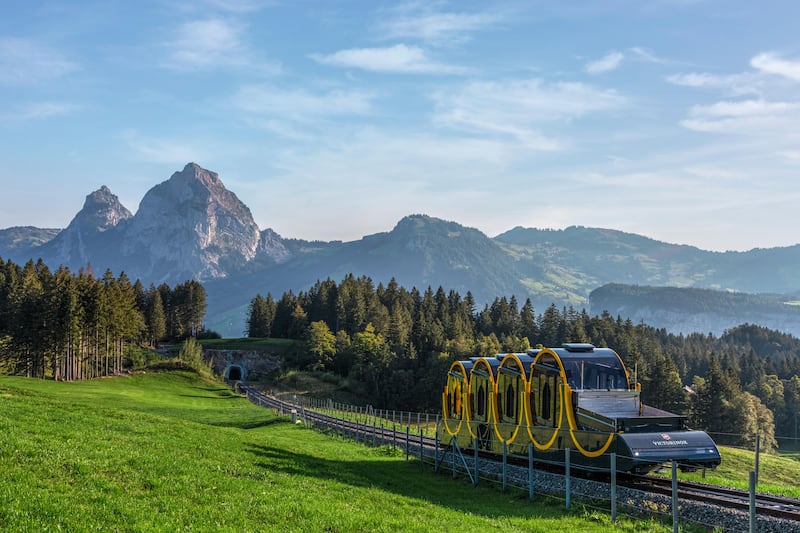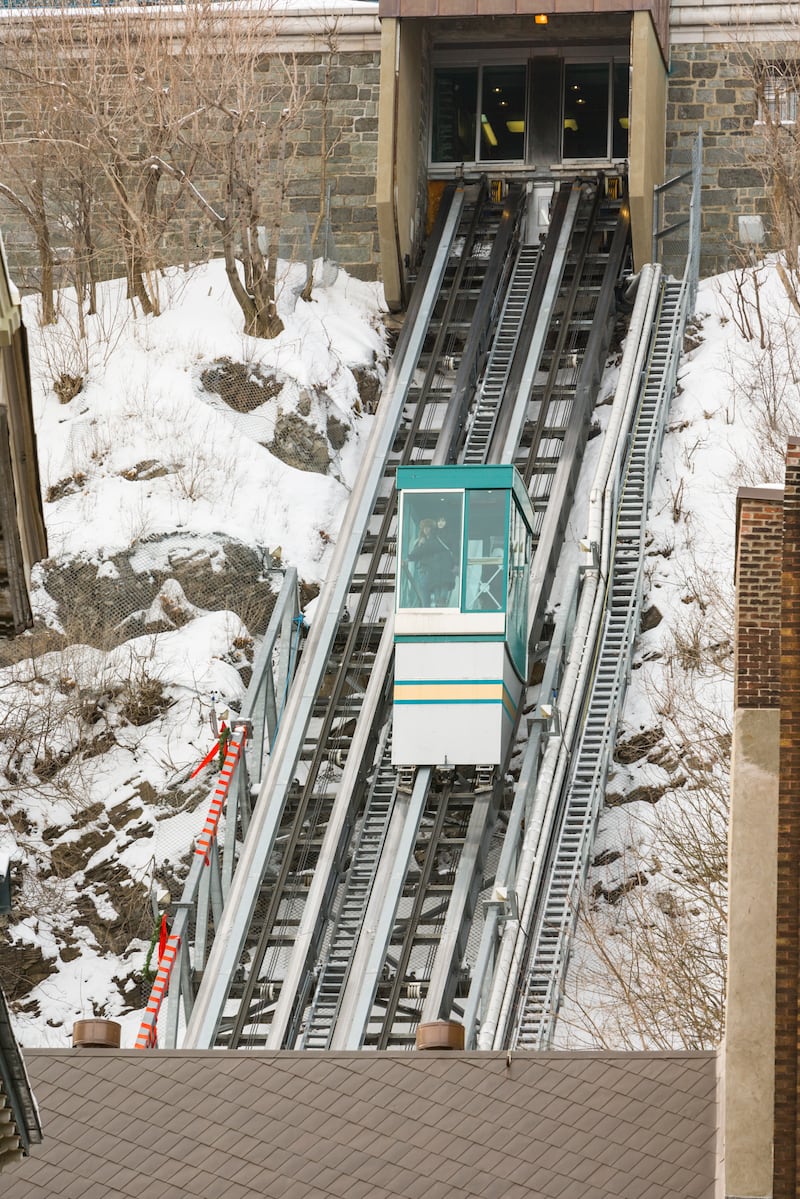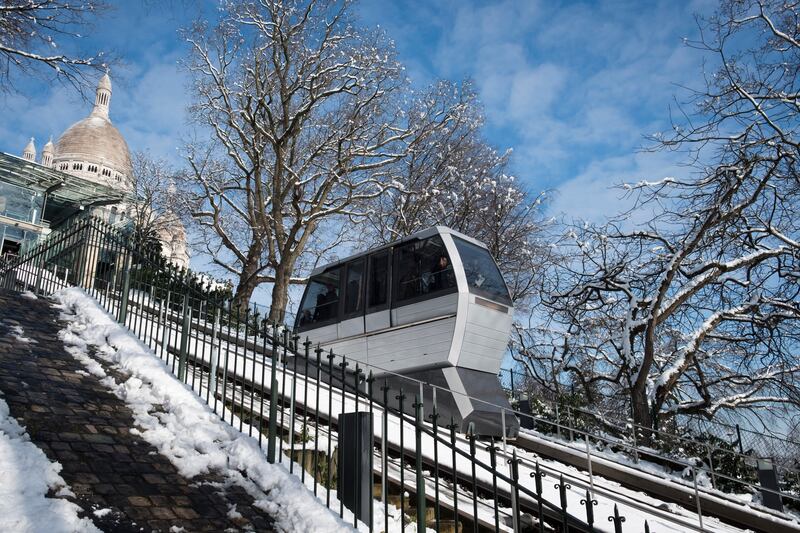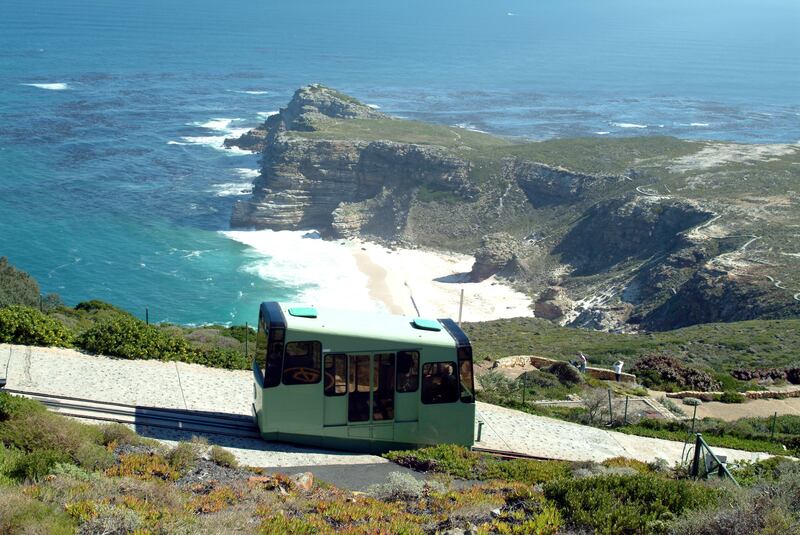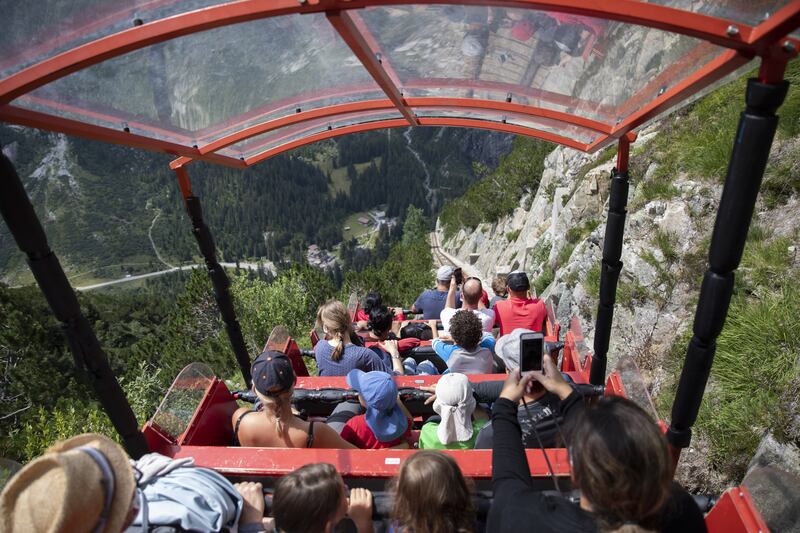A mountain railway will soon take the strain out of the hefty climb up one of the UAE’s highest peaks in Hatta.
The transformation of the small town near the Dubai border with Oman will feature an adventure hub centred a funicular railway – a cable rail system on steep gradients – similar to other lines around the world.
Built alongside hotels, a new lake and 120 kilometres of cycle track, the railway will offer access to one of the country’s finest beauty spots.
But how will the UAE’s first tourist cliff railway system compare with other similar cable-operated mountain railways?
Here is a top 10 list of some of the world’s most famous funicular trains.
Peak Tram, Hong Kong
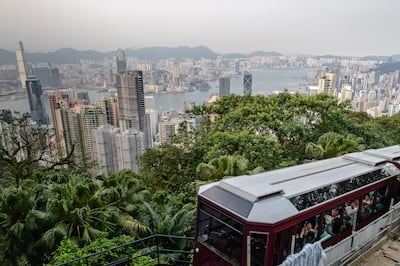
The Peak Tram may be this compact city’s most popular tourist attraction but it also serves as a commuter route for workers in the upper regions of Hong Kong Island.
Carriages climb almost 400 metres along a 1.4km track and deliver impressive views across to the harbour and city skyline.
The Peak Tram is also one of the world’s oldest funicular railways, opening in 1888.
The severity of the incline offers passengers going uphill a vertical illusion, as the high rises on the right side of the tram appear to fall towards the mountain.
Castle Hill Funicular, Budapest, Hungary
This grand old lady of Europe was completely destroyed in a Second World War bombing raid and then completely rebuilt to become a Unesco heritage site.
Originally opened in 1870, the railway was built to assist clerks working in the Castle District above the Buda side of the city.
The short 95m route takes around 10 minutes and climbs to just 50m, which is high enough to give impressive views of the River Danube and parliamentary buildings below.
Baku Funicular, Azerbaijan
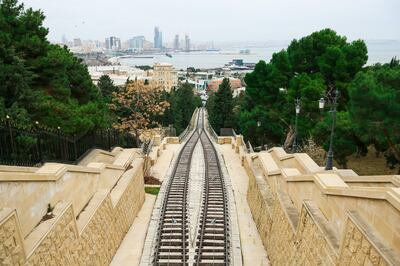
Originally built in 1960, this funicular was given a complete overhaul in 2012. This was in keeping with the rapid development of the capital Baku after gas-rich Azerbaijan became an independent country in 1991. This followed the dissolution of the Soviet Union.
A single track runs 455m and connects a square on Neftchilar Avenue with Martyrs' Lane. The modern line takes just four minutes to make the journey and takes passengers up to a viewpoint where they can see across the bay to the Caspian Sea and panoramic views towards the Shahidlar Monument.
Mendel Funicular, Italy
A beautiful 2km trip through tunnels, forests and across bridges awaits passengers on the Mendel Funicular in northern Italy.
The 12-minute journey rises from Sant’Antonio at 510m above sea level through to the Passo della Mendola, 854m further up.
It was opened in 1903 by the Emperor Franz Joseph I of Austria and has remained largely unchanged since then as one of Europe’s steepest and longest mountain railways.
Schwyz-Stoos Funicular, Switzerland
The world’s steepest track feels more like a rollercoaster ride than a railway.
A 1.7km track climbs 744m into the Swiss Alps with a peak elevation point of 1306m above sea level.
The track has a 110 per cent incline at its steepest point, cost 52 million Swiss francs to build and opened in December 2017 after a five-year construction phase.
The train begins in the town of Schwyz, 40km from Zurich and takes passengers to the ski resort of Stoos.
Niesen Funicular, Bern, Switzerland
The train departs from Mulenen for a spectacular ride up the steep slope to the top of Mount Niesen, at an altitude of 2,362m.
The railway is split into two sections and has no cogs – with carriages running on steep metal rails through the Bernese Alps.
The line from Mulenen to Schwandegg has a 66 per cent incline, while Schwandegg to Niesen Kulm is slightly steeper at 68 per cent.
Opening in 1910 after four years of construction, the funicular offers spectacular panoramic views over Thunersee, the Kandertal, the cities of Spiez, Thun and Interlaken.
Old Quebec Funicular, Canada
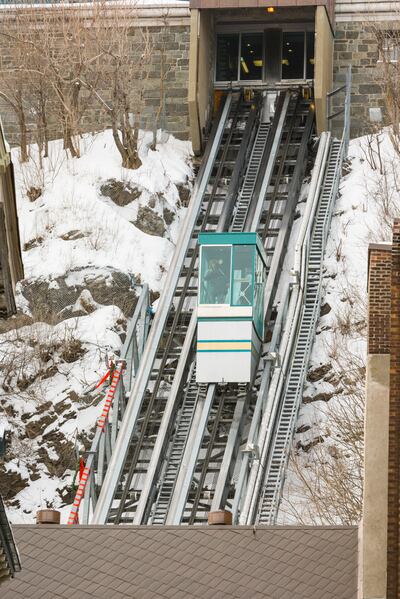
Another city funicular system that has a long history, dating back to 1879, the Old Quebec Funicular, recently underwent improvements after a fatal accident.
The railway was closed in 1996 and completely revamped with modern technology after a British tourist, Helen Tombs, was killed after a cable snapped and emergency brake failed, sending the carriage crashing into the lower station.
The funicular reopened in 1998 with two independent cabins operating as inclined elevators.
The route is only 64m long and climbs 59m above one of Canada’s most picturesque cities.
Montmartre Funicular, Paris, France
Some 2,000 riders are carried every hour on board this funicular in the heart of Paris as tourists take the trip up the Butte Montmartre to see Sacre Coeur.
The small village is a haven for artists, but climbing the 222 steps leading up through the Louise Michel public garden can be too much for some.
A 90-second ride carries passengers just 36m above the city.
Built in 1900 as a steam-powered water-filled counterweight funicular train, the system has since enjoyed several upgrades and now carries more than two million passengers each year.
The Flying Dutchman Funicular, Cape Town, South Africa
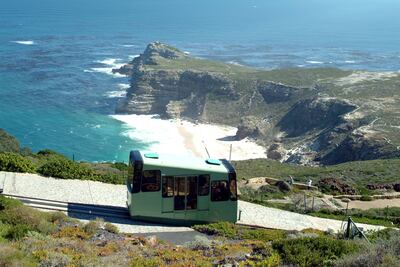
No trip to Cape Town would be complete without a trip to the famous Table Mountain to take in the spectacular views of Cape Point.
The Flying Dutchman was Africa’s first commercial cliff railway and remains one of the most visually stunning with its surrounding ocean vistas.
A short climb of just 214m takes passengers to the summit of Table Mountain and views across to the most south-western corner of Africa.
The train is named after a ghost ship from maritime folklore, the sight of which became a portent of doom for seafarers sailing around the Cape of Good Hope.
Gelmer Funicular, Switzerland
With a maximum gradient of 106 per cent, the Gelmer mountain tram is not for the faint-hearted.
Made by the Swiss masters of funicular railways, cabs rise 1,800m in a matter of minutes to give a dramatic perspective of the mountains below.
The train offers views across to Lake Gelmer, a reservoir used to power hydroelectric power plants. Once the steepest cable railway in Europe, the Gelmer lost its crown to the neighbouring Schwyz-Stoos Funicular that opened in 2017.
